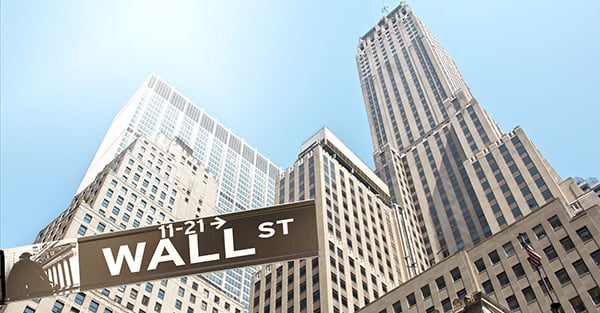In 2023, the median wealth of a Fortune 500 company was $42.1 billion. Why would a company worth billions turn to a third party to finance its building portfolio’s energy efficiency efforts? It turns out that, regardless of net worth, most companies have their cash tied up in specific funds – and for various reasons, building retrofits and clean energy generation are often at the bottom of the list.
And even with funds, many companies don’t know where to start with an energy efficiency overhaul because they don’t have the data necessary to identify underperforming equipment. Not addressing a building portfolio’s energy usage leaves the door open for excess scope 1 and 2 emissions.
Both of these obstacles are bad news for the climate. Through an Energy-as-a-Service (EaaS) provider like Redaptive, Fortune 500 companies can measure, install, and finance energy efficiency and generation programs much faster than they could in-house.
Here are two common energy efficiency hurdles, and a few major companies who worked with Redaptive to overcome them.
Lack of Capital
A company can be sustainability-minded, and even have an energy efficiency-related climate goal set, but cannot access its own capital to reach those goals. This money can get tied up in other company budget buckets or stymied by complex internal approval processes.
Saint- Gobain wanted to lower its energy usage and reduce utility costs through an LED retrofit program. However, many of Saint- Gobain’s previous retrofit proposals could not get approval internally as they did not meet the internal capital budgeting payback threshold. The company turned to Redaptive to manage the design, procurement, installation, and utility rebate for a LED retrofit program. By providing upfront capital along with the above services, Redaptive upgraded 23K lighting fixtures across 25 of Saint-Gobain’s sites, spanning 6.3M sq/ft.
Similarly, Cintas wanted to reduce the electricity consumption of its rental and supply chain portfolio through a lighting upgrade, but a lack of program management bandwidth made it difficult to prioritize a large-scale lighting retrofit across all of their buildings. By providing initial funding and program management, Redaptive upgraded over 42K fixtures across 106 locations with virtually no disruption to Cintas’ facilities.
Speed to Scale
Cash isn’t the only obstacle to a successful portfolio-wide energy efficiency upgrade. Most Fortune 500 companies have dozens of buildings in a variety of sizes, locations, and energy needs, and different energy regulations depending on local legislation. Without in-house expertise or bandwidth, these projects can take an average of 10-15 years to complete. An EaaS company can complete a project in a fraction of the time due to experience, expertise in data collection and project implementation, and connections to equipment manufacturers and installers. It’s Redaptive’s speed to scale that appeals to Fortune 500 companies, even if they could hypothetically complete an upgrade in-house.
Iron Mountain has large-scale green energy goals and came to Redaptive to help replace its old, inefficient fluorescent lighting fixtures across its portfolio.
In just 2 years, Redaptive’s project management team successfully implemented the LED retrofit program for Iron Mountain without impacting its complex, fully-operating facilities. Redaptive’s wave deployment approach maximized speed to savings while abiding by the specific needs of each unique location, resulting in 10-Year Gross Savings of $55M at no cost to Iron Mountain.
According to The Department of Energy’s Better Buildings Program, commercial real estate properties represent nearly 16 billion square feet of floor space and consume more than 250 billion kWh of office building energy use. Addressing unnecessary energy usage in a building portfolio is low hanging fruit for Fortune 500 companies that also saves money and helps meet company sustainability goals.





